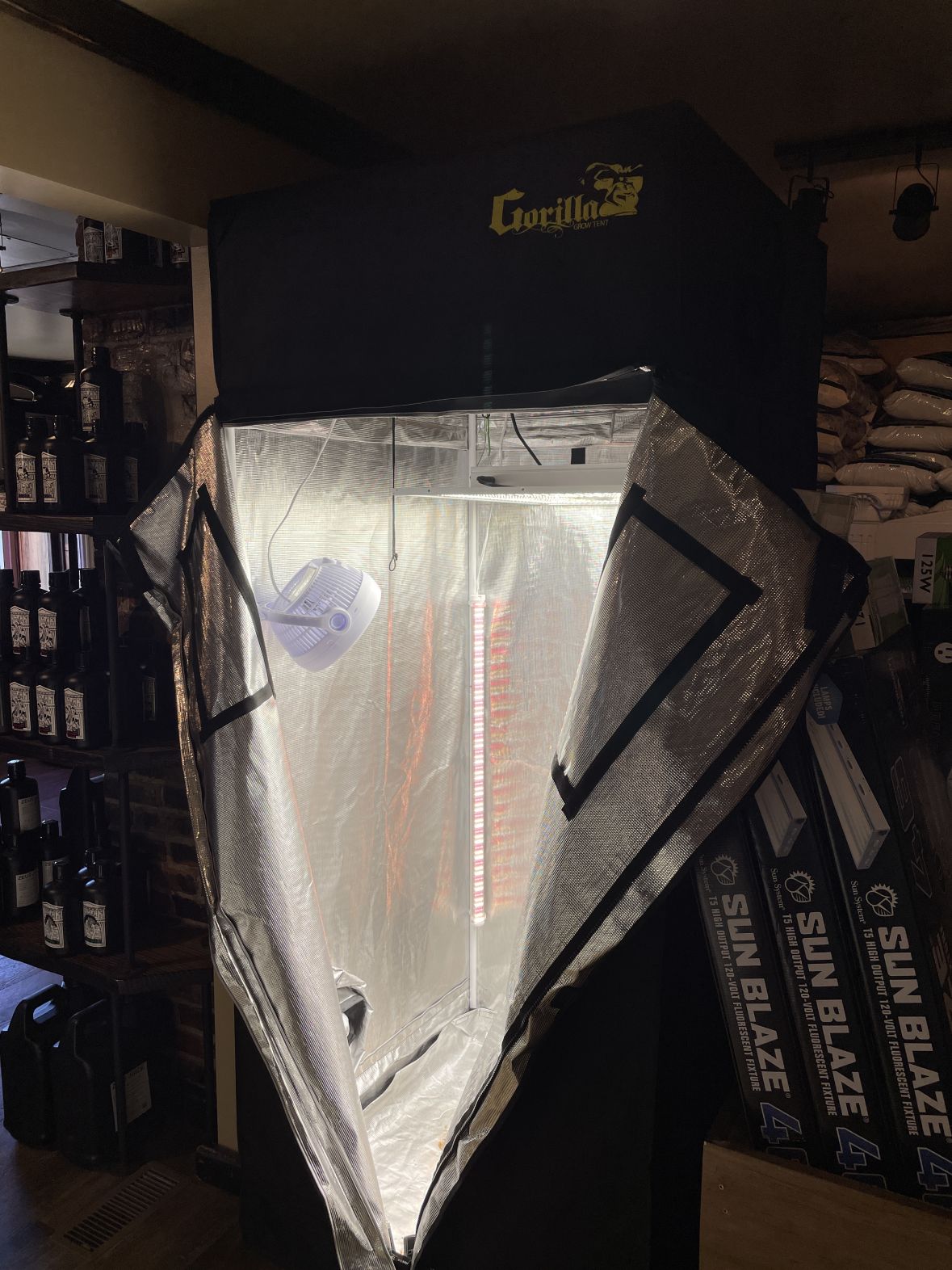The Indoor Earthworm Process: Your Trick to Flourishing Plants Through Planting
The Indoor Earthworm Process: Your Trick to Flourishing Plants Through Planting
Blog Article
Study the World of Hydroponics: Checking Out Various Types
Within the world of hydroponics lies a varied variety of cultivation approaches that supply unique benefits for expanding plants without soil. As we start this exploration of different hydroponic systems, we will uncover the complexities of techniques like the Nutrient Film Technique (NFT), Deep Water Culture (DWC), Wick System, Ebb and Flow (Flooding and Drain), and Aeroponics. Each method presents a distinct approach to supporting plants in a soil-less environment, encouraging innovation and effectiveness in the world of modern-day agriculture.

The Nutrient Film Technique (NFT)
The Nutrient Movie Method (NFT) is a hydroponic system that involves a continuous circulation of nutrient service over plant roots in a thin movie to promote effective nutrient uptake. This technique uses a superficial stream of water that includes liquified nutrients, enabling the plant origins to have continuous access to the essential elements for growth - The Indoor Earthworm. The nutrient option moves along the bottom of the network, getting in touch with the origins and after that draining pipes away, giving a highly oxygenated setting essential for root health and wellness
Among the key benefits of the NFT system is its water efficiency. Because the nutrient remedy is recirculated, it needs less water contrasted to standard soil-based gardening. Furthermore, the regulated environment of the NFT system reduces the risk of nutrient inequalities and diseases, leading to much healthier plants. Nevertheless, this strategy calls for cautious monitoring of pH degrees and nutrient concentrations to guarantee optimal plant growth. Overall, the Nutrient Movie Technique is a prominent option among hydroponic enthusiasts due to its simplicity, performance, and space-saving design.
Deep Water Culture (DWC)
In a DWC system, plants are put in net pots, permitting their roots to hang directly into a nutrient option. The secret to success in DWC is preserving the correct oxygen degrees in the nutrient service to stop root rot and advertise healthy plant development.
Additionally, the straight accessibility to oxygen and nutrients allows plants to uptake what they need extra effectively, usually resulting in faster development rates and higher yields contrasted to standard soil growing methods. Controlling water temperature and preventing algae growth in the nutrient remedy are vital factors to consider when applying a DWC system.
Wick System
In hydroponic farming, the Wick System is a passive method that enables plants to attract up nutrient remedy with capillary action. This system is uncomplicated and appropriate for newbies due to its simpleness. It contains a growing tray loaded with an inert tool like perlite or vermiculite, where plants are put. A wick, typically constructed from products like cotton or nylon, prolongs from the expanding tray right into a reservoir loaded with the nutrient remedy. The capillary activity of the wick allows the nutrient remedy to move from the tank to the expanding tray, guaranteeing a continuous supply of nutrients to the plants' origins. Among the advantages of the Wick System is its inexpensive and convenience of arrangement. Nonetheless, it might not appropriate for larger plants or those with high nutrient needs, as the easy nature of the system can cause uneven vitamins and mineral circulation. Generally, the Wick System provides a basic and effective method to exercise hydroponic horticulture.
Ups And Downs (Flooding and Drainpipe)
Exploring the Ebb and Circulation (Flooding and Drain) system supplies understanding right into a vibrant hydroponic strategy that rotates between flooding and draining the plant roots with nutrient service. This system operates by regularly flooding the plant containers with a nutrient service from a storage tank and after that visit their website permitting the excess solution to drain pipes back. The process is typically managed by a timer to make sure normal flooding cycles, offering the origins with oxygen as the remedy recedes.
Ebb and Flow systems are functional and can accommodate various plant sizes and types. They offer an excellent equilibrium of water retention and oygenation, promoting healthy and balanced root growth. The routine flooding aids deliver nutrients straight to the roots, enhancing nutrient uptake efficiency. In addition, the ebb and flow action stops water stagnation, decreasing the threat of origin rot and other water-related issues.
This technique is preferred amongst hydroponic fanatics for its flexibility, simplicity, and efficiency to different plant requirements. With proper tracking and maintenance, the Ebb and Circulation system can support robust plant growth in a regulated hydroponic atmosphere.
Aeroponics
Making use of a high-pressure misting system, Aeroponics is an innovative hydroponic approach that puts on hold plant roots in an oxygen-rich setting to advertise optimum nutrient absorption and energetic growth. Unlike other hydroponic strategies, which submerge roots in water or a nutrient option, Aeroponics delivers nutrients straight to the origins with a great haze. This mist is splashed at normal periods, making certain that the roots obtain a constant supply of water, oxygen, and nutrients.

Among the crucial advantages of Aeroponics is its capability to make best use of nutrient uptake while decreasing water usage. By supplying nutrients straight to the origins, plants can imp source absorb them much more successfully, resulting in faster growth rates and greater returns. Additionally, the oxygen-rich environment developed by the misting system stimulates origin advancement and aids prevent origin conditions.
Aeroponics is specifically fit for expanding leafy environment-friendlies, natural herbs, and various other plants that prosper in aerated environments. The Indoor Earthworm. Its effective use sources and capability to advertise quick development make it a prominent choice for hydroponic enthusiasts aiming to attain ideal outcomes
Verdict
Finally, hydroponics uses a series of ingenious techniques for expanding plants without soil. From the nutrient film strategy to deep water society, each method has its own benefits and difficulties. By recognizing and utilizing these various types of hydroponic systems, people can discover new possibilities for lasting agriculture and make the most of plant growth in controlled settings.

Report this page